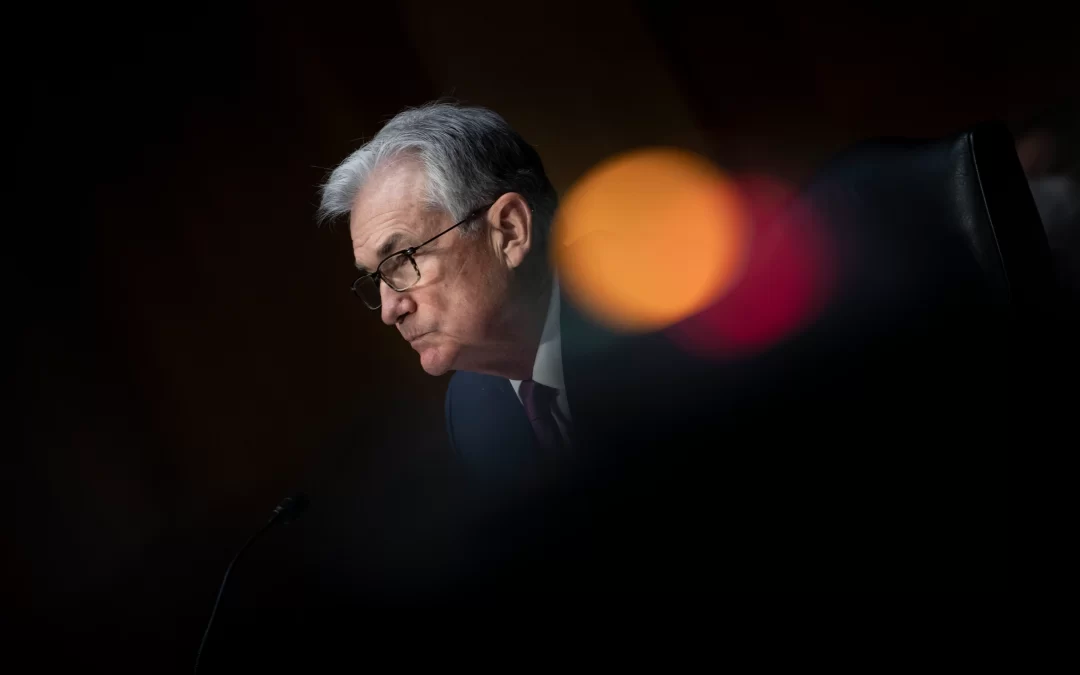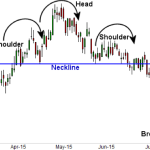The U.S. central bank believes the current financial system might be bolstered by the creation of a central bank digital currency (CBDC), but only one that works within the current network of private banks, rather than a CBDC that the Fed issues directly to consumers.
The Federal Reserve released its long-awaited white paper on central bank digital currencies Thursday. It did not commit to creating (or not creating) a digital dollar, but did explain its questions in approaching the issue and ask for public feedback on questions of privacy, financial stability and just how a digital dollar might be used.
Fed Chair Jerome Powell alluded to this during a recent nomination hearing before the Senate Banking Committee, telling lawmakers that the report was “ready to go” after several delays.
“And by the way, it’s more going to be an exercise in asking questions and seeking input from the public rather than taking a lot of positions on various issues, although we do take some positions,” he said at the time.
Officials haven’t yet committed to issuing, or even developing a digital dollar, and the documents underscored how far such decisions remain. Still, it shed considerable light into what would make a hypothetical CBDC successful for the U.S.
“The Federal Reserve’s initial analysis suggests that a potential U.S. CBDC, if one were created, would best serve the needs of the United States by being privacy-protected, intermediated, widely transferable, and identity-verified.”
Cybersecurity, the prevention of financial crimes and meeting future needs are also all considerations that the Fed must look at before it can begin to issue a CBDC.
“Any CBDC would need to strike an appropriate balance between safeguarding consumer privacy rights and affording the transparency necessary to deter criminal activity,” the paper said.
Moreover, the Fed wants “clear support” from both the executive branch of the federal government and Congress before it will issue a CBDC, “ideally in the form of a specific authorizing law.”










